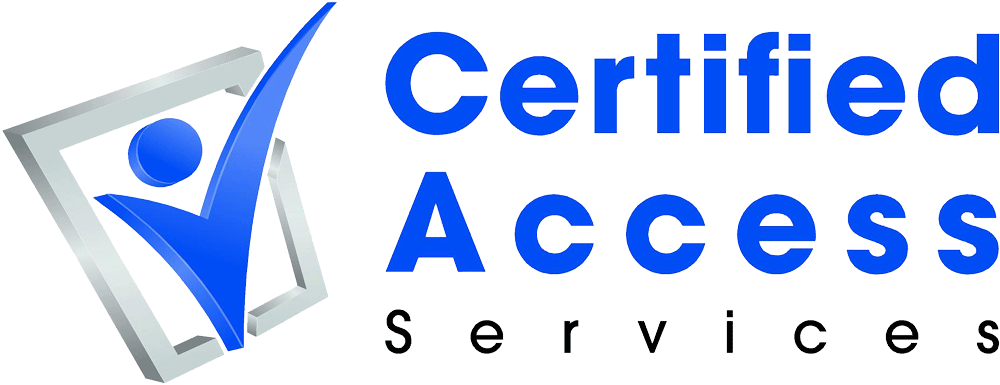Readily Achievable Barrier Removal
If you are reading this, one or more architectural barriers at your facility has likely been identified as non-compliant with the ADA Standards. When an architectural barrier is found at an existing facility then it must be improved to meet the minimum standards set forth by the 2010 ADAS IF “Readily Achievable” to do so.
What is “Readily Achievable”?
Readily Achievable means easily accomplishable and able to be carried out without much difficulty or expense. In determining whether an action is readily achievable factors to be considered include --
(1) The nature and cost of the action needed under this part;
(2) The overall financial resources of the site or sites involved in the action; the number of persons employed at the site; the effect on expenses and resources; legitimate safety requirements that are necessary for safe operation, including crime prevention measures; or the impact otherwise of the action upon the operation of the site;
(3) The geographic separateness, and the administrative or fiscal relationship of the site or sites in question to any parent corporation or entity;
(4) If applicable, the overall financial resources of any parent corporation or entity; the overall size of the parent corporation or entity with respect to the number of its employees; the number, type, and location of its facilities; and
(5) If applicable, the type of operation or operations of any parent corporation or entity, including the composition, structure, and functions of the workforce of the parent corporation or entity.
How do I know if an architectural barrier is “Readily Achievable” to remove?
To define “Readily Achievable” in simple terms; Full compliance with the ADA is required to be achieved if you have the financial resources to do so. Every property/business is different. A barrier that is Readily Achievable to remove for one business may not be Readily Achievable to remove for another.
If you believe that full compliance is NOT “Readily Achievable”, we recommend consulting with legal counsel for confirmation.
If it is not “Readily Achievable” to fully comply with the ADA, am I off the hook?
No. If it is not Readily Achievable to fully comply with the ADA, then you must provide access to the greatest extent possible. For example if it is not Readily Achievable to provide a fully compliant entrance because the slope of the door maneuvering exceeds 2%, then you may consider installing a door bell near the entrance to alert staff that someone with a disability needs assistance to enter the door. Since Readily Achievable Barrier Removal is an ongoing obligation, this example is a temporary means of providing access until full compliance can be achieved. Over time, barrier removal that initially was not Readily Achievable may later be required because of changed circumstances.
What will happen if I choose not to comply with Readily Achievable Barrier Removal?
If compliance with the ADA is “Readily Achievable” and you choose not to make improvements, your business or property will continue to be exposed to civil litigation for discriminating against people with disabilities.
My facility pre-dates the ADA. Do I need to comply?
Yes. Compliance with the ADA is required regardless of the age of your facility. It is a common misconception that facilities built before 1990 are “Grandfathered”. Many owners falsely believe that they are “grandfathered” and end up the defendants of an ADA lawsuit.
Does Readily Achievable Barrier Removal apply to the California Building Code?
No. Readily Achievable Barrier Removal only applies to the ADA.
